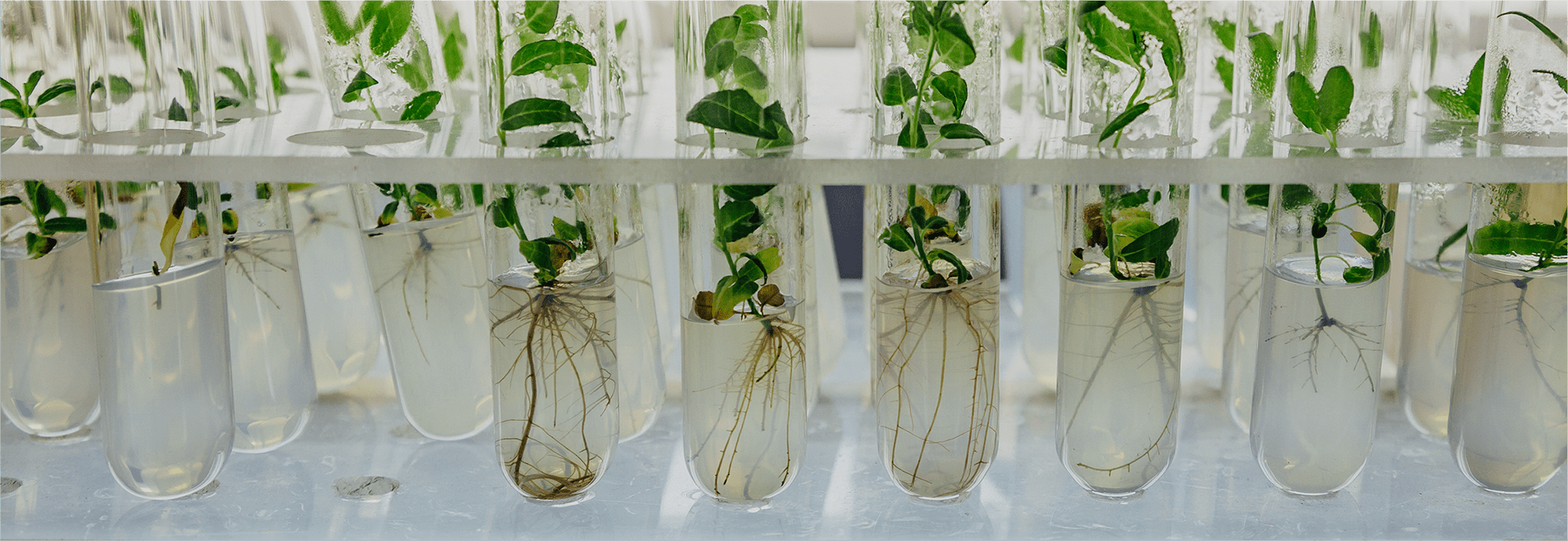- Technologies
-
Solutions
- About IBIS
-
- Service
- R&D Center
-
R&D CENTER
INsect Interaction Database: The platform for dissecting interactions among hosts, insect, and their natural enemy
Jongsun Park1, Hong Xi1, A Young Kim2, Kwang Su Lee2, and Ki Gyoung Kim2In the natural world, no organism exists without interacting with other species, reflecting that interaction is a key to understand species. Many insect species interact with host plants and their natural enemies including parasitoid wasps; for example, aphids destruct cultivated plants over the world through interacting with plants and wraps utilize specific aphids as their cradles. To understand this multi-layer relationships, systematic approaches and analyses are strongly required; however, there is no platform for these researches till now. Here, we constructed a database, named as INsect Interaction Database (INID), which archives 470 interaction data from two-year investigation of interactions in Korea with network analysis tools. INID serves web-based basic tools for managing interaction data including species, investigation history, experiment results, and species identification based on COI sequences systematically. The interaction map was constructed based on 3,954 interactions from 2,263 species consisting of 1,099 insect pests, 563 their natural enemy, and 601 plant species. 100 independent graphs in this map were identified; one big graph containing 1,987 species and the remaining 99 graphs contains 277 species (12.24\%) which shows that more interaction data are required for completing the interaction network. Due to two types of interactions, host-pest and pest-parasite, the whole network was divided into two subnetworks: hub nodes in host-pest network were identified as three aphid species, Aphis gossypii, Aphis spiraecola, and Aphis craccivora interacting with 121, 58, and 68 plant species, respectively, and two hub nodes in pest-parasite network were found as Lysiphlebus orientalis and Pachyneuron aphidis, interacting with 19 and 8 species respectively. With the aid of INID, more interaction data can be accumulated in a standardized form so that novel interactions which can be utilized for natural insecticides in agriculture can be identified. Moreover, the interaction map constructed by INID will provide new insights to understand insects and natural enemies in the aspect of interactions.



